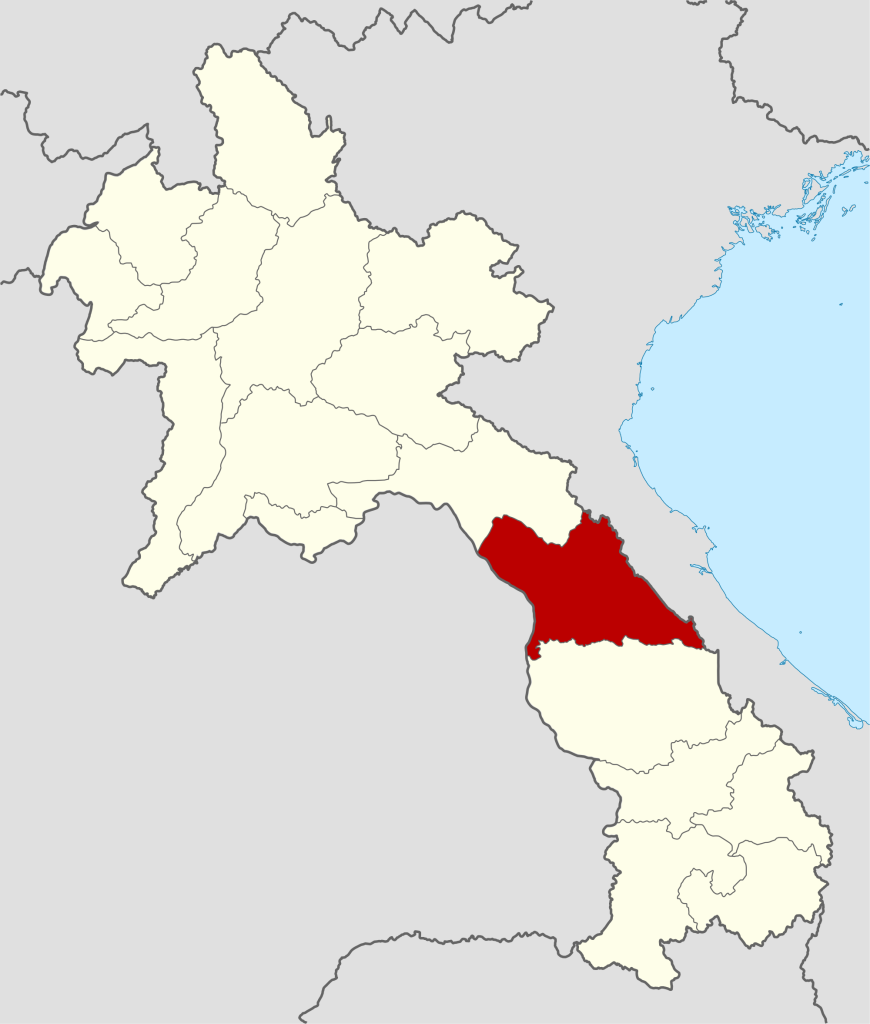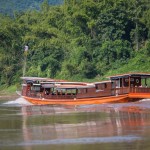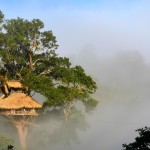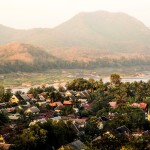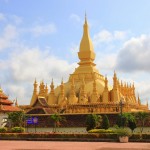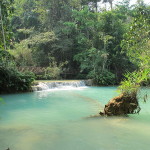Khammouane is located in central Laos bordering Bolikhamxay and Savannakhet Provinces. Khammouane covers about 16,000 square kilometers and has a population of approximately 330,000, mostly engaged in agriculture. The Mekong River Valley in the west is framed by the Annamite Mountain Range which separates Khammouane from Vietnam to the east.
The Limestone Mountains are honeycombed with countless caves, some of which for ages concealed forgotten treasures. The Buddha Cave (Tham Pa Fa) was just discovered in 2004 and houses 229 priceless Buddha images. Kong Lor Cave is perhaps the most well-known in the province. It is 7.5 km long and as high and wide as 90-100 m in some places. The province has three national protected areas (NPA) that cover an enormous area about 6,295 km2 in total. Phou Hin Poun NPA encompasses much of the limestone Forest and has 43 recorded species of bats. The Hin Namno NPA is located in the area where the Central Indochina Limestone meets the Annamite Chain, and as a result, has prominent limestone escarpments and caves. The most important area in terms of biodiversity. However is the Nakai-Nam Theun NPA with its complex range of habitats and newly discovered species of mammals such as the saola, giant muntjac, and Indochinese warty pig.
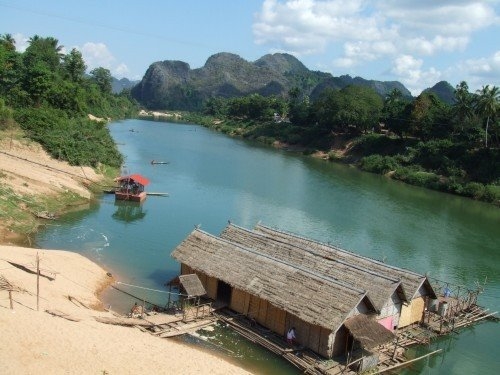
Locally made products include handmade incense sticks, naturally dyed cotton and silk weavings produced in the Kong Lor area. The province’s favorite snack, khaonome parn, is a soft sticky green and black colored sweet wrapped in banana leaves made with yellow soy beans and coconut in the middle. This treat was originally brought to Laos generations ago by Vietnamese settlers. Today, whenever Lao people visit Khammouane they are obliged to bring back a bag of khaonome parn to their friends and family.
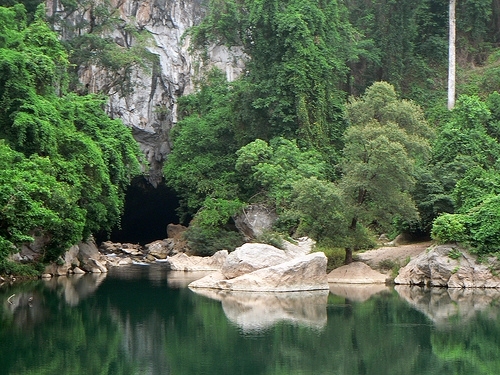
Fertile land here is well suited to plantations of rice, cabbage, sugar cane, bananas, etc. A total population is made up of lowland and up-land Lao groups: Phuan, Tahoy, Kri, Katang etc. Thakhaek is the provincial capital, situated across the Mekong from Nakorn Phanom in Thailand. It also has much well preserved French colonial architecture similar to that found in Vientiane.
Inhabiting mainly lowland river valleys the Lao, Phouthai and other Tai-speaking peoples are the main ethnic groups in Khammouane. There are also Mekong or Bru people, a Mon-Khmer-speaking ethnic minority that make up 13% of the provincial population. In smaller numbers are the Kri, Nguan, Atel, Themarou, and Maleng who are mainly found in the mountainous eastern part of the province.
The vast forsest of the Nakai-Nam Theun National Protected Area are an important watershed that feed many Mekong tributaries as well as form the catchment area for Nam Theun 2, the largest hydropower project in Laos.
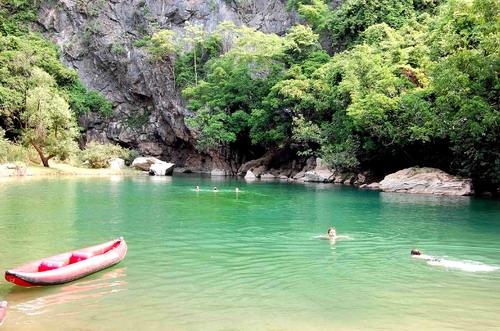
KHAMMOUANE HISTORY
Khammouane, menaing “happy gold”, is believed to have been named after the gold deposits found in the area hundreds of years ago. The province’s history dates back as early as the 6th-8th centuries when the region was part of the Sikhottabong Kingdom. Remnants of the ancient civilization include the Great Wall (Kampeng Nyak), Meuang Phone Stupa, and Sikhottabong Stupa-one of the most sacred in Laos. The province has many remaining buildings that date to the colonial period, especially in the provincial capital of Thakhaek. There is an abandoned railway track that was originally planned to connect Laos with Vietnam but never finished, today the only evidence of this endeavor is an old railway bridge over the Nam Don River.
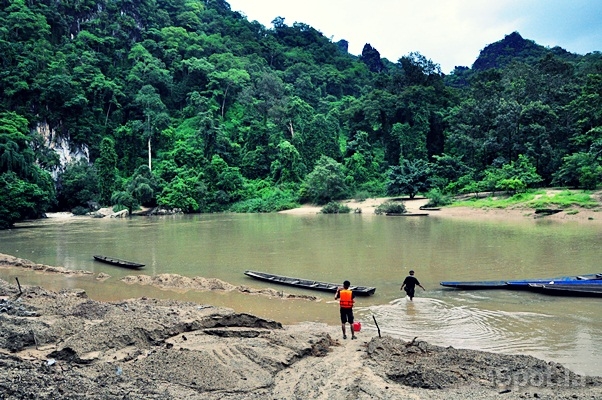
Khammouane is a land of rugged karst mountains which were once the refuge of a succession of ethnic groups fleeing the Haw invasions in the north during the 19th century. The famed Mu Gia pass at the end of route 12 was one of the main transit points of the legendary Ho Chi Minh Trail during the Indochina Wars. This dreamlike landscape has served as a sanctuary for a number of wild animals that were unknown to scientists until the 1990s. The khan you, a small rodent-like creature the size of a small squirrel was found in Khammouane in the early 21st century and possibly will be the last remaining mammalian family to be described on earth.

